Are you working well?
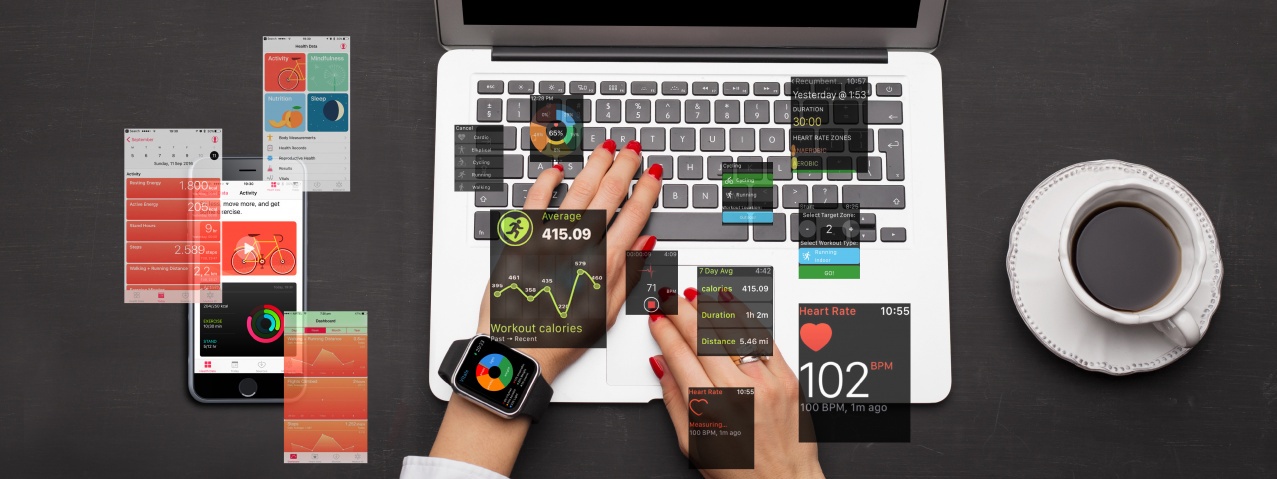
It is nothing new for employers to recognise the importance of a healthy and happy workforce. But now, new technology is changing the way that we approach wellness in the workplace.
n the US alone, around US$8 billion is spent on corporate wellness programmes annually, and that figure is growing every year. This reflects an explosion in the size and importance of the global wellness industry. The term wellness has come to be applied to everything from fitness programmes to cosmetics, fad diets and alternative remedies - not all of which are directly related to the strict definition of wellness; “A state of complete physical, mental and social well-being [rather than] merely the absence of disease or infirmity” (terminology which the originators of the wellness movement borrowed from the World Health Organisation constitution). With this in mind, it is ever more important for employers to differentiate between between trendy but ineffective pseudoscience and genuinely effective initiatives. After all, a workforce that is physically, mentally and socially healthy, is an invaluable asset for any organisation.
Technology has a role in making this important distinction. Data integration can deliver valuable insights into a company’s wellness programme in order to discover what works and demonstrate the specific impact of any strategy being put in place.. The importance of data integration is proven by that fact that health insurance companies have started investing in digital health startups. For example, Singapore’s CXA Group, an employee benefits and wellness marketplace platform this year raised US$25 million in capital, in-part from RGAx, a subsidiary of Reinsurance Group of America. Meanwhile Guardian Life Insurance Company of America has invested in PokitDok, a software suite which delivers tools for making appointments with doctors.
The data collected on employee wellness represents part of a triad of technologies that are coming to define the current approach to workplace wellness. The other important parts of this triad are wearable tech and mobile applications. Wearable tech, including health trackers like Fitbit, are increasingly popular in everyday life. They also allow for easy collection of the employee health data that is so valuable to the employer. Barclays recently provided subsidised Fitbit devices to 75,000 of its employees as part of their Global Wellness Programme. In their most simple form, these trackers can count how many steps the wearer takes each day, while some models include heart rate monitors and even GPS tracking that can be used to record activities as diverse as running, cycling, kitesurfing or cross-country skiing.
Mobile apps are the final piece of the puzzle. While data integration and wearables can be used by the employer to monitor employee wellness and are useful in discovering what kind of wellness initiatives are useful, mobile apps provide the incentive for the employee to take part in the first place. This is achieved through the gamification of wellness. Gamification is a range of techniques that has been applied to everything from the marketing of confectionery to the US Army’s recruitment programme. Gamification takes advantage of people’s natural desire for social activity by applying aspects of game design different areas of life. Want to learn a language quickly and easily? Turn it into a game.
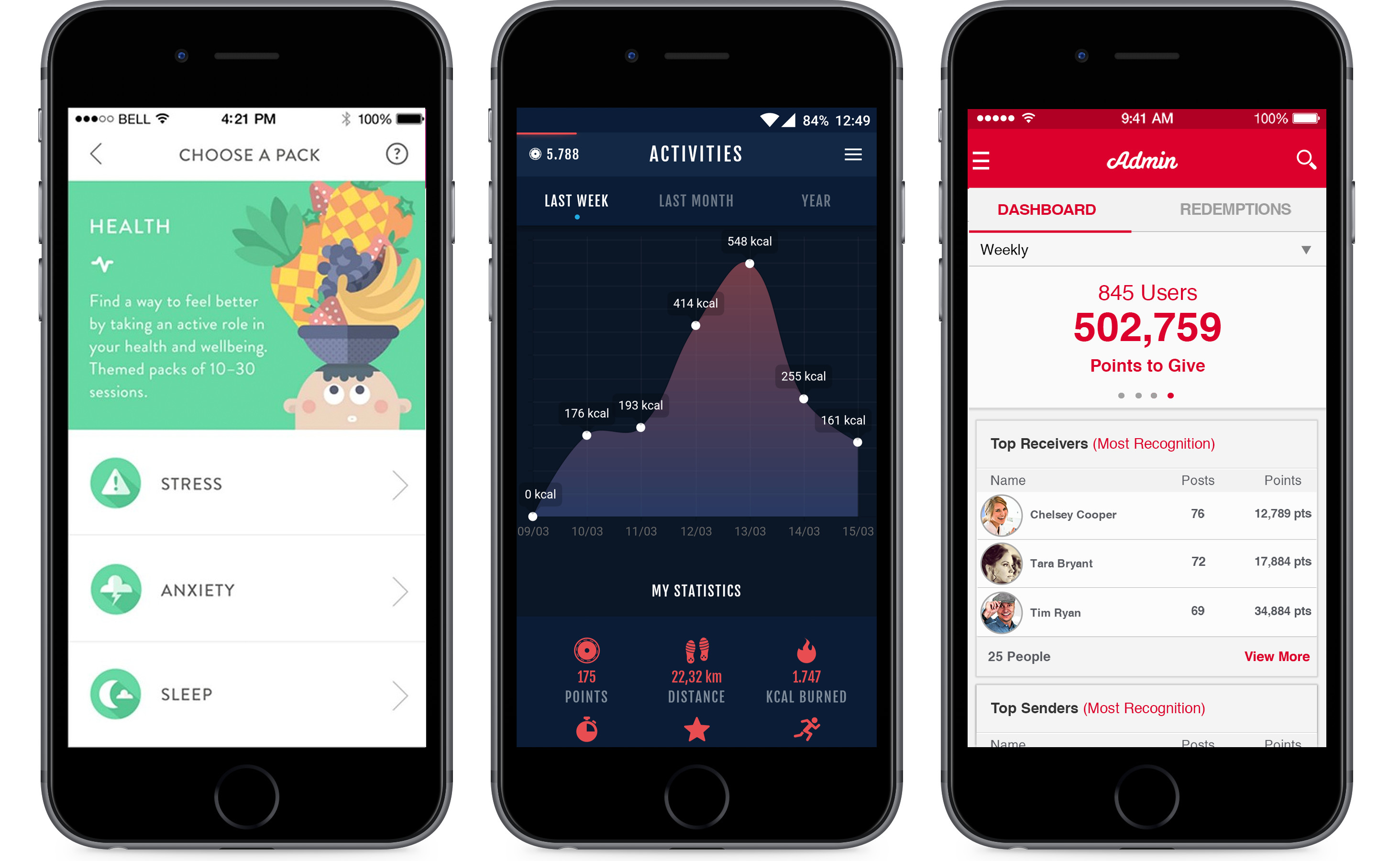
|
The gamification of wellness keeps the employees enrolled in corporate wellness programmes engaged by turning wellness into a social activity and even introducing an element of friendly competition. Walkingspree is a gamification programme that uses a step-counter to let employees join in ‘virtual walks’ while still in the office, WeFitter similarly tracks how active an employee is throughout the day. Both involve an element of gamification. Both allow employees to see and compare their activities against those of their peers, providing encouragement, providing support through the social-network format of the app and - importantly - providing the small amount of pressure to join-in that keeps users engaged. As an added incentive, both apps are supported by health insurance companies, offering reduced premiums based on how active the user’s lifestyle is. And the extra exercise results in healthier workers, fewer days off sick and more profit for the employer. If being pressured into doing exercise in return for more affordable healthcare sounds a little dystopian, then it is a relief to know that corporate wellness programmes are also addressing the happiness and emotional security of the employee. After all, a happy and stable employee is bound to be more useful to the company than a tired and stressed one. With this in mind, companies such as Google and LinkedIn give subsidies to their employees to subscribe to Headspace, a popular meditation app. And there are currently thousands of apps that aim to help the user maintain a regular sleep pattern by helping them stick to a routine, tracking the user’s vital signs or even playing relaxing music as they drift off to sleep. And for employees turned-off by the gamification of physical activity, there are apps such as YouEarnedIt, a simple social app that gamifies emotional support, awarding points every time an employee posts a appreciative or supportive message to a colleague.
|
Wellness programmes are expanding to cover all aspects of the employee’s life. For example, more and more employers are recognising the importance of helping their workforce control their finances. While your bank balance may not initially appear directly related to wellness, it has an impact on everything from diet to stress levels, all of which has an eventual effect on wellbeing. At its most basic, a corporate wellness programme may include simple financial education, but it can also involve a variety of financial planning apps. OnTrees, the most popular financial planning app in the UK, directly accesses the user’s bank account, delivering warnings via their smartphone if they, for example, are spending too much on partying and will be left having to choose between paying rent and eating healthily by the end of the month.
With so many options available, there is one more important factor for employers to consider: the customisation of wellness programmes to suit the individual worker. Gathering data on what is effective and what is not can help here, but success requires insight from the employee themselves on what will increase their physical and emotional wellness. For technology-led corporate wellness programmes to remain credible, they must amount to more than corporate jargon and gameplay - the results have to be visible to the employee. When done properly everyone benefits from workplace wellness, from the shareholder to the office worker.
Others

最新動態 | 1 March 2018
Exporting Shenzhen’s design culture
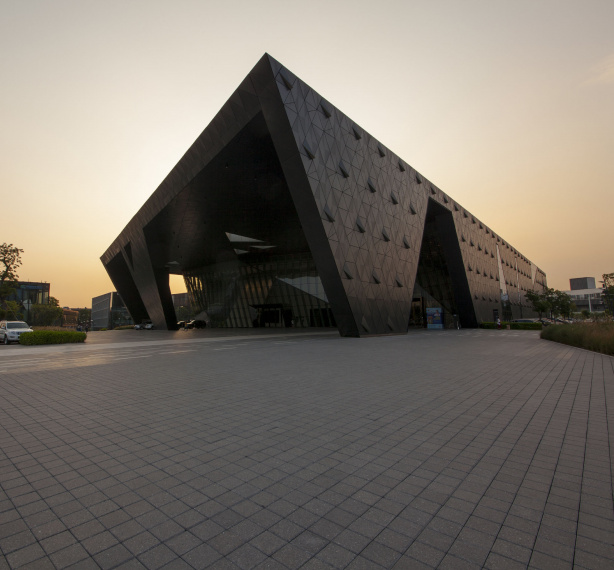
最新動態 | 1 March 2018
Shenzhen’s Shifting Fortunes

最新動態 | 1 March 2018
In Praise of Silk: Fashion from China National Silk Museum Across Time

最新動態 | 1 March 2018
KEEP WATCH-ING

最新動態 | 1 March 2018
Into the Laboratory

最新動態 | 1 March 2018
Different Paths
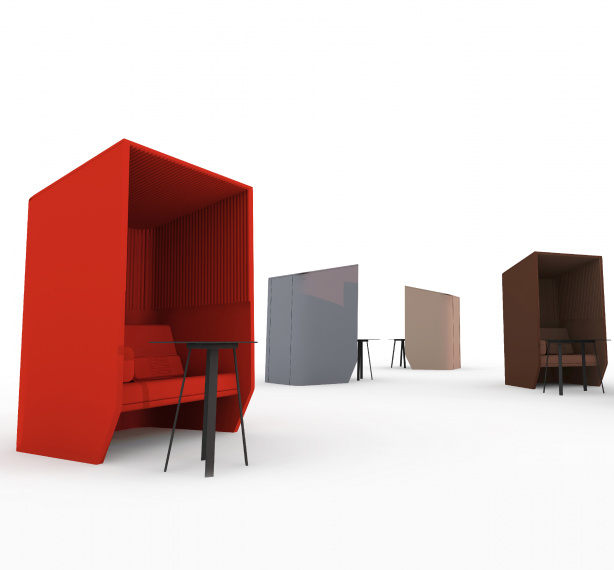
最新動態 | 1 March 2018
Adventures in Space
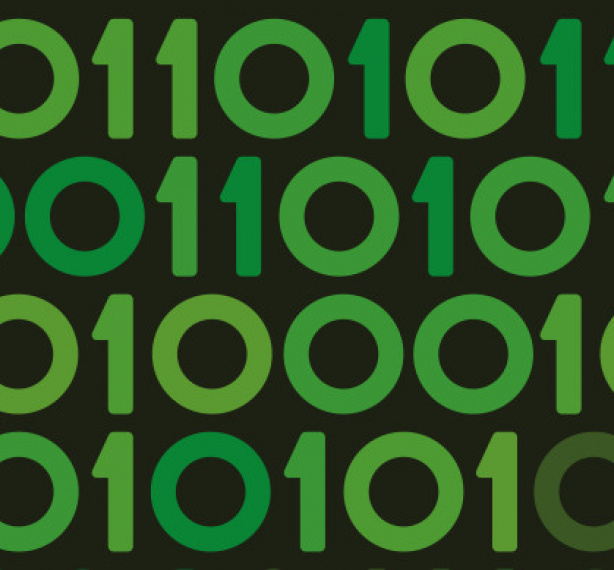
最新動態 | 1 March 2018
The Chain
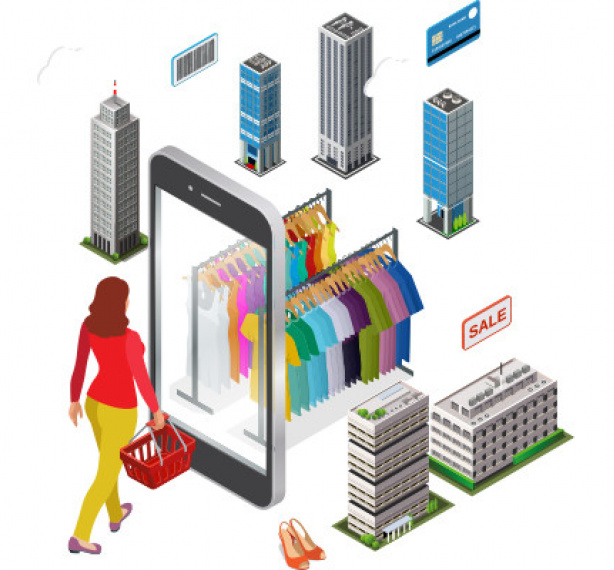
最新動態 | 1 March 2018
Future-facing Retail
